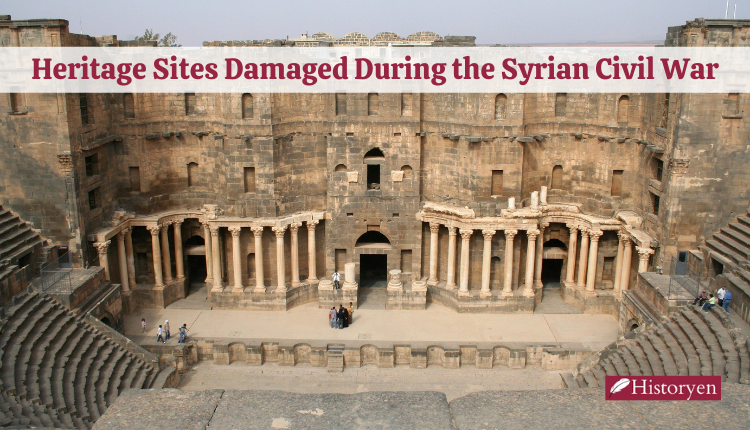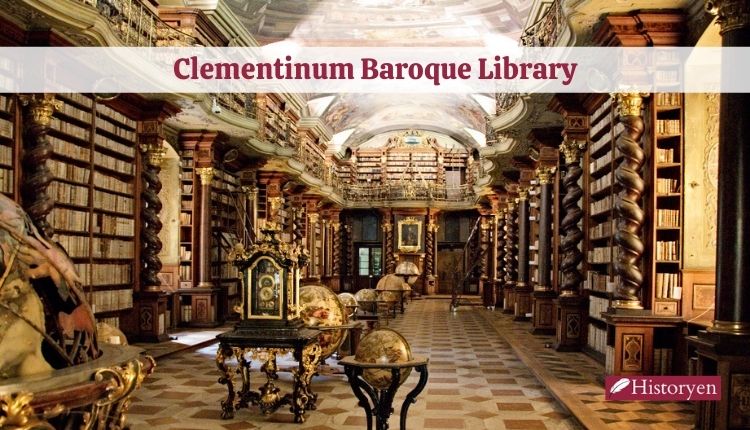Introduction
Montezuma Castle, a national monument in Arizona, USA, stands as a testament to the ancient Sinagua people, a pre-Columbian culture that once thrived in the region. Despite its name, the monument has no connection to the Aztecs, and it is not a castle but a remarkable cliff dwelling with several levels. Built between 1100 and 1350 AD, Castle served as a hub of trade and skilled craftsmanship. Today, it stands as a symbol of a mysterious and prosperous past.
The Sinagua Legacy of Montezuma Castle

Contrary to its name, Montezuma was constructed by the Sinagua people, a Native American culture that inhabited the area. The word “Sinagua” means “without water” in Spanish, although the reason behind this name remains unclear. They relied on hunting, gathering, and agriculture, cultivating crops such as maize, squash, and beans. Skilled craftsmen, the Sinagua left behind practical and ornamental tools that highlight their expertise.
A Thriving Trade Center
Evidence of foreign artifacts found at Castle suggests the Sinagua were accomplished traders, turning the site into a bustling trade center during its prime. The cliff dwelling was strategically situated about two-thirds of the way up a 150-ft limestone cliff, creating a spectacular and impregnable settlement.
Montezuma Castle: A Monumental Cliff Dwelling

Montezuma Castle is a five-story pueblo spanning approximately 4100 sq. ft. (381 sq. m). Built with limestone and mud mortar, its walls were 2 ft (61 cm) thick at the base, tapering towards the top. The roof was crafted with large and small beams, covered in thatch and mud. The engineering marvel of Montezuma Castle showcased the architectural prowess of the Sinagua people.
The Mystery of Abandonment of Montezuma Castle

By 1425 AD, the Sinagua mysteriously abandoned Castle, leaving historians pondering the reasons behind their departure. Some theories propose overpopulation and resource depletion as causes, while others suggest high levels of arsenic in their water source may have driven them away. After their departure, the site was briefly inhabited by other Native American groups before the arrival of American settlers in the mid-1860s.
Threatened Survival and Resilience of Montezuma Castle
Upon discovery by white settlers, Castle faced numerous challenges. Amateurs, looters, and neglect posed a threat to its preservation. In 1897, the Arizona Antiquarian Society took action to fortify and repair the structure, saving it from deterioration. In 1906, under President Theodore Roosevelt, Montezuma Castle was designated a national monument, securing its protection for future generations.
Exploring Montezuma Castle Today
Castle remains open to the public, allowing visitors to marvel at this historical wonder. Ranger tours and self-guided loops provide insights into the culture and lifestyle of the Sinagua people. Climbing to the monument is no longer permitted to preserve its structural integrity.
Conclusion
Montezuma Castle stands as a remarkable tribute to the ingenuity and legacy of the Sinagua people. This majestic cliff dwelling, though not related to the Aztecs as its name might suggest, offers a glimpse into a thriving trade center and a skilled ancient civilization. Preserved as a national monument, Castle invites us to connect with the rich history of the pre-Columbian cultures that once flourished in the heart of Arizona.
Who built Montezuma Castle?
Montezuma Castle was built by the Sinagua, a pre-Columbian Native American culture that lived in the region.
What does “Sinagua” mean in Spanish?
“Sinagua” means “without water” in Spanish, though the reason behind the name remains uncertain.
What was the main subsistence strategy of the Sinagua people?
The Sinagua relied on a combination of hunting-gathering and agriculture, growing crops like maize, squash, and beans.
Why is Castle considered a trade center?
Foreign artifacts found at the site suggest that the Sinagua engaged in extensive trade, making Montezuma Castle a bustling trade center.
Why did the Sinagua abandon Castle?
The exact reason for the Sinagua’s departure is still a mystery, with theories ranging from overpopulation to water contamination.



